Camera House by Leckie Studio frames its natural environment
Camera House by Leckie Studio is a bespoke British Columbia retreat that's all about its context
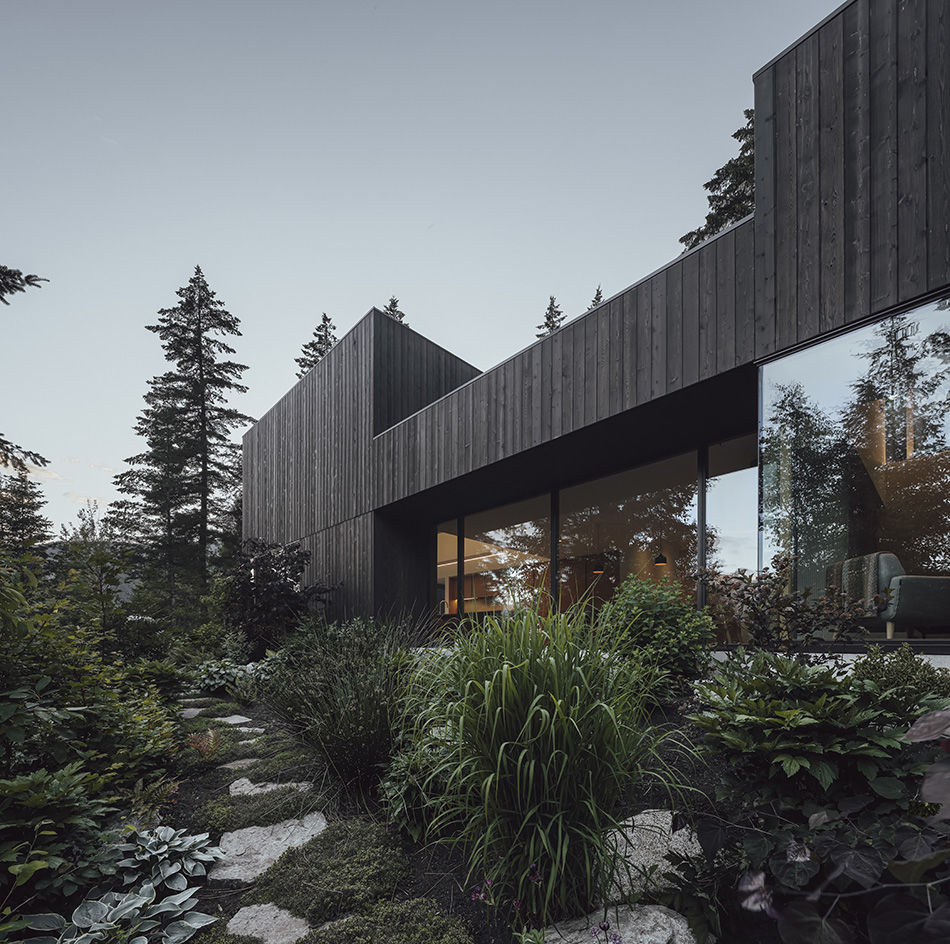
The hint is in the name; Camera House is a family retreat designed specifically to majestically frame its lush rural environment, nestled in the green expanses of Pemberton Valley in British Columbia, Canada. The home was created by Vancouver-based Leckie Studio, the dynamic practice behind works such as Vancouver House penthouse's minimalist architecture and a local dermatology clinic's striking interior, and led by principal Michael Leckie. In the case of Camera House, the firm drew on the plot's verdant location to form connections between the architecture and its surroundings.
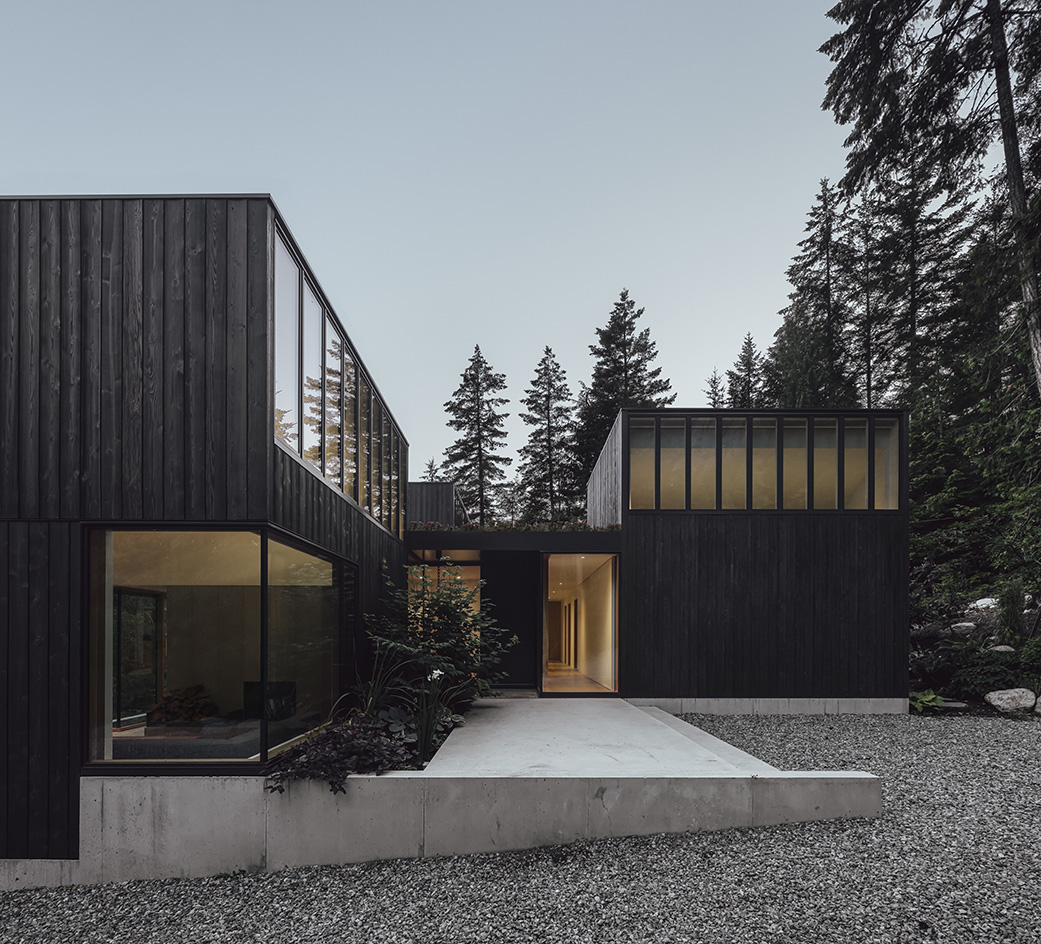
Camera House by Leckie Studio
'The Camera House acts a lens for its environment. It is a spatial device to heighten perception, capturing incoming light and guiding the inhabitants to live in close connection with their surroundings,' its architects explain. And the five-acre forested site, situated between the Lillooet and Garibaldi mountain ranges, certainly lends itself to such a treatment.
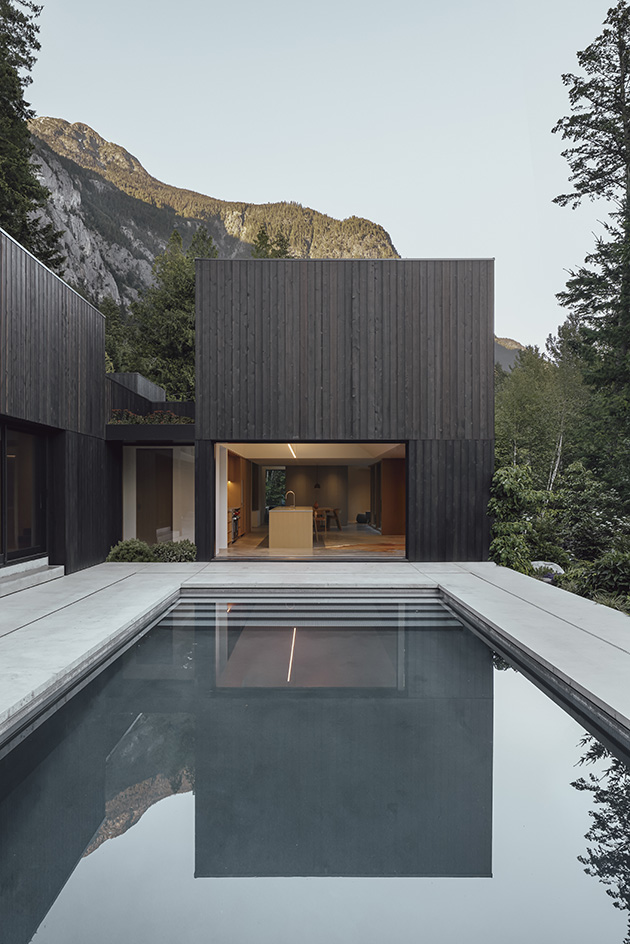
Respecting the existing terrain, the architects designed Camera House on an incline, leaving the land's natural slope untouched. Carefully chosen cladding using flat sawn and brushed Western red cedar with a dark stain finish allows the structure to remain discreet and feel at home among the trees and natural colours of the surrounding woods. A low and unassuming overall volume shape reinforces this approach.
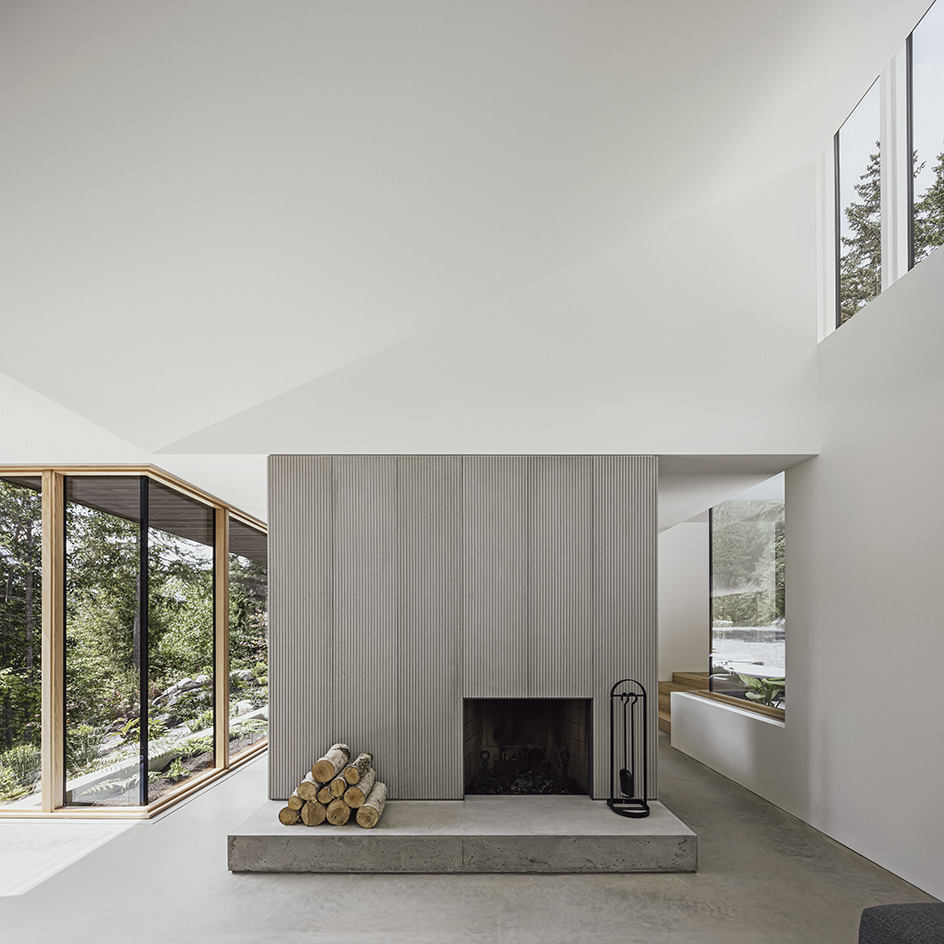
The home includes two bedrooms, a flexible family room, a swimming pool, an outdoor dining area, and a detached workshop; these are supported by generous circulation areas, utilities, and storage. At the same time, visual links and outdoor areas and openings towards the context have been crafted throughout. 'The house is imagined as an optical camera, allowing the inhabitant to experience three distinct fields of vision as they move through the spaces,' the architecture team writes.
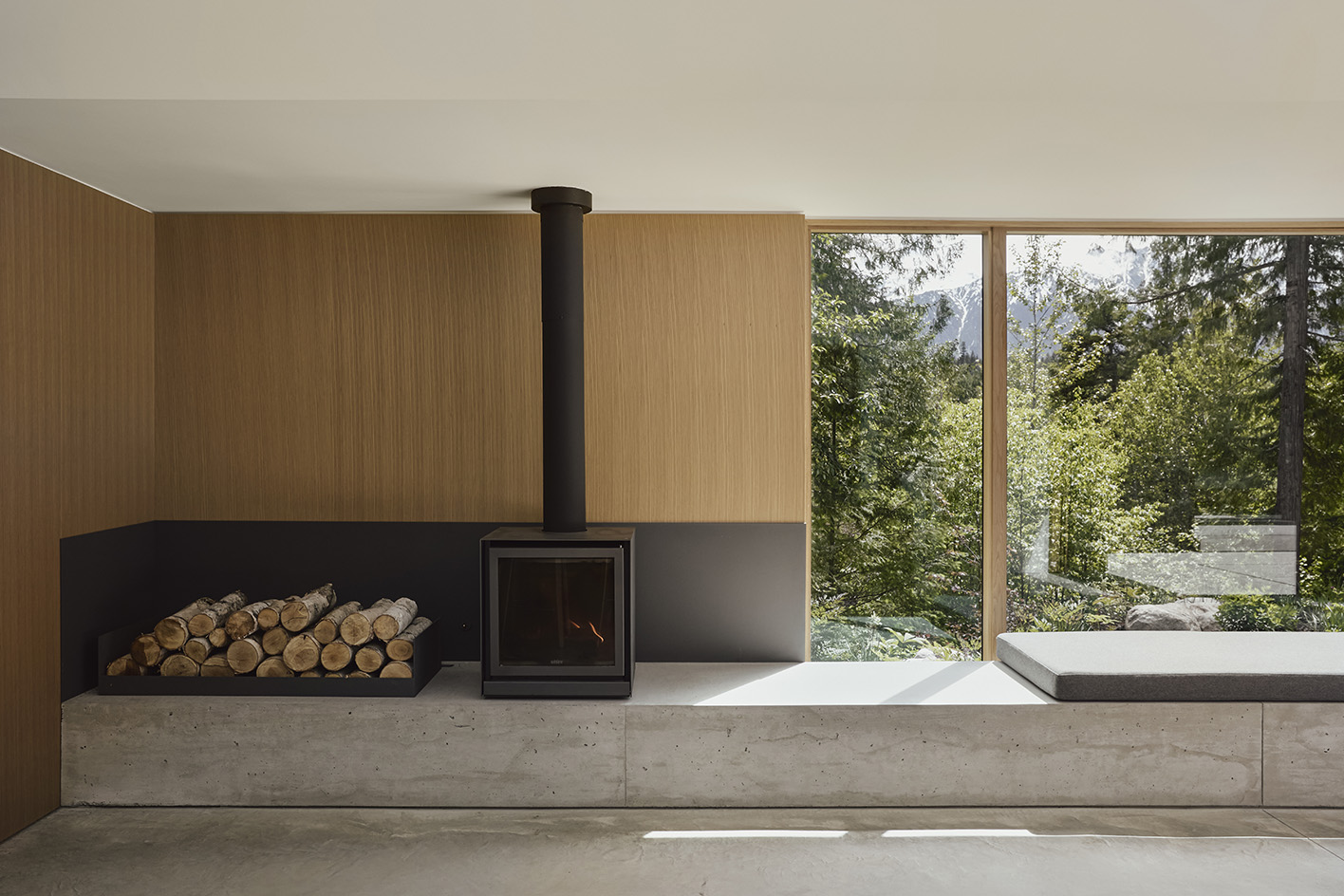
Camera House's multitude of openings also help support optimal passive heating and cooling strategies. Meanwhile photovoltaic panels on the home's sloping roofs, provide power for household needs and an electric car charging station on site. 'Ultimately, this is a house which seeks to leave a minimal footprint, while magnifying the ways that our source of shelter might elevate experience,' the architects conclude on the home's sustainable architecture concept.
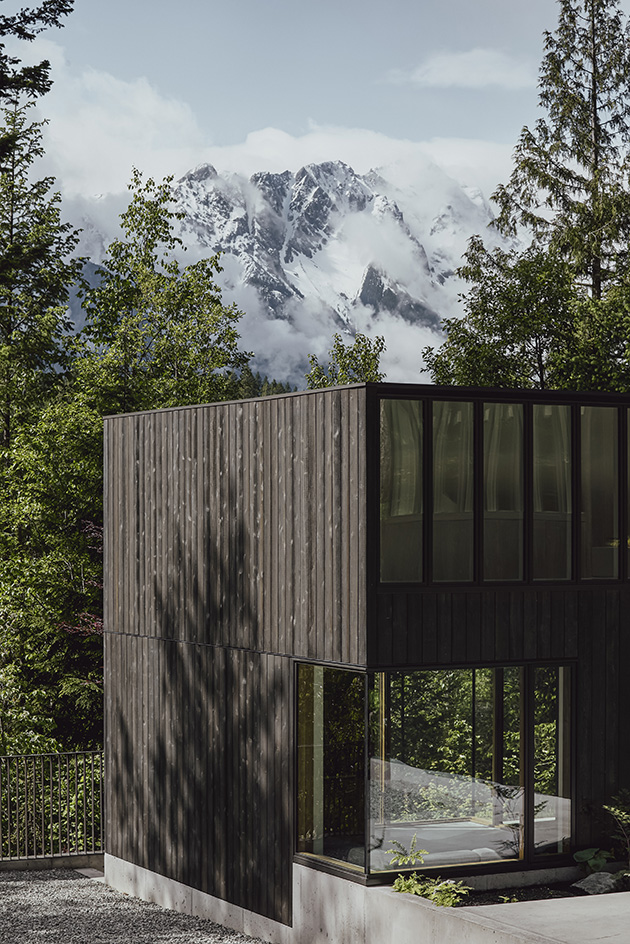
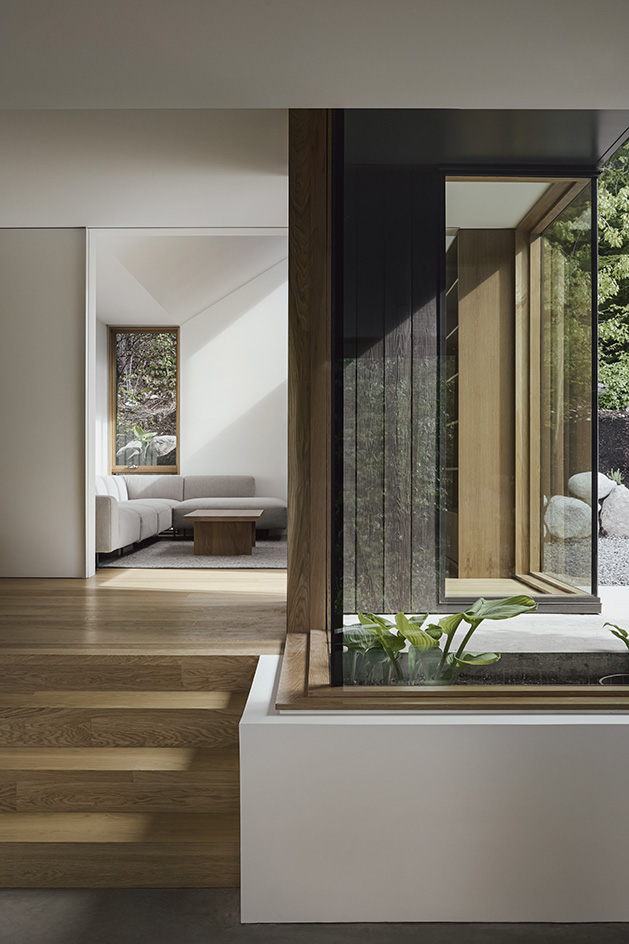
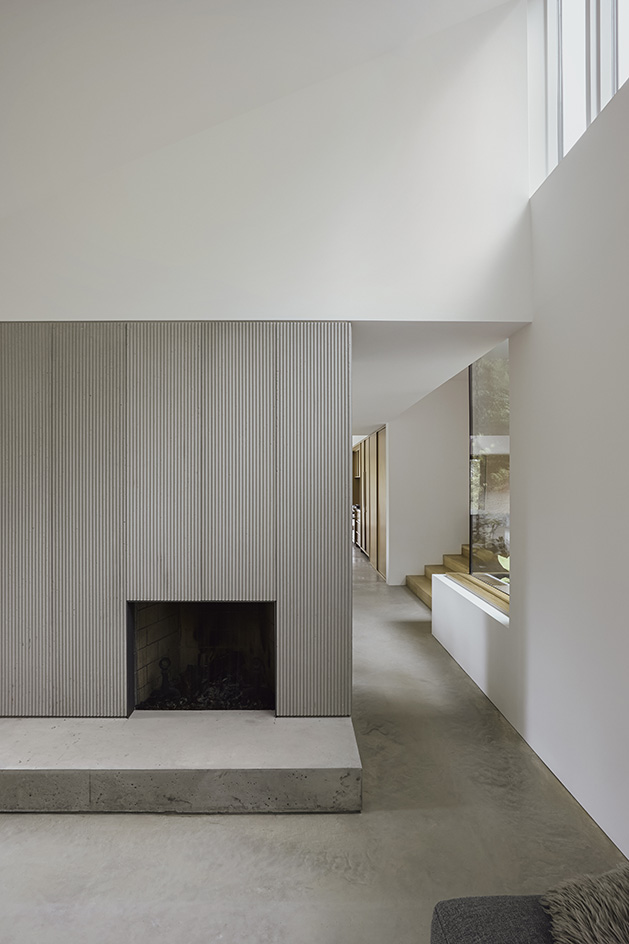
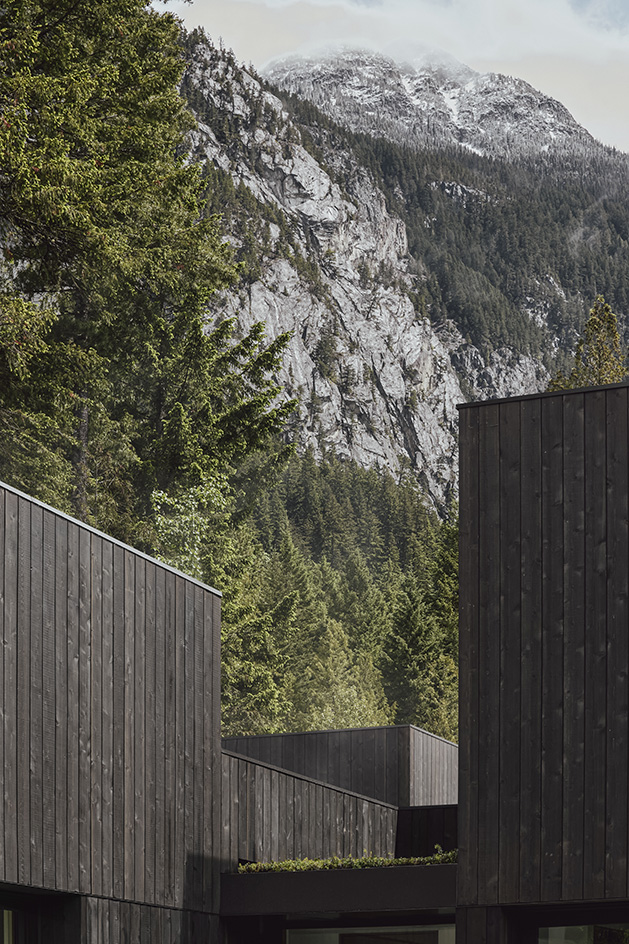
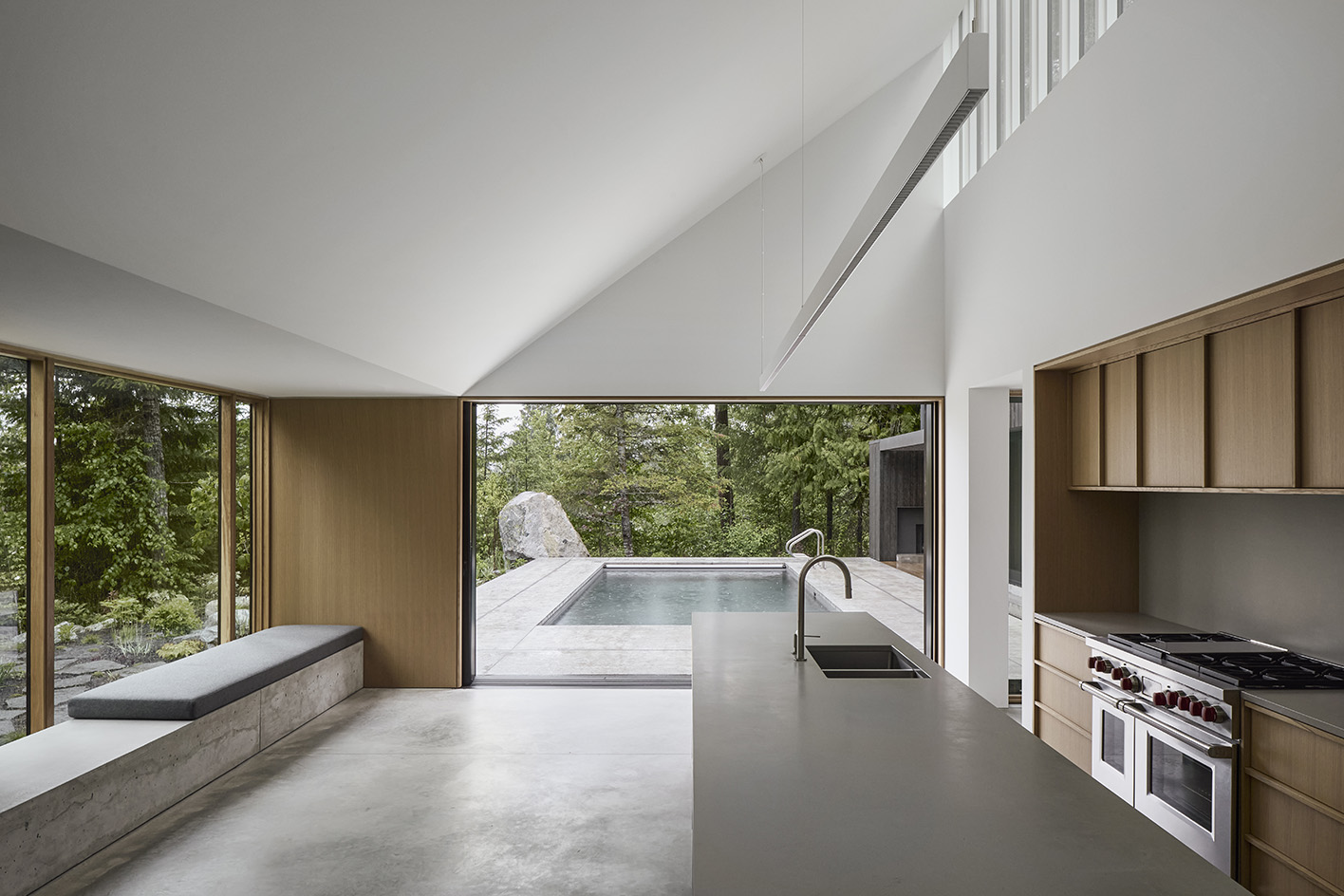
Wallpaper* Newsletter
Receive our daily digest of inspiration, escapism and design stories from around the world direct to your inbox.
Ellie Stathaki is the Architecture & Environment Director at Wallpaper*. She trained as an architect at the Aristotle University of Thessaloniki in Greece and studied architectural history at the Bartlett in London. Now an established journalist, she has been a member of the Wallpaper* team since 2006, visiting buildings across the globe and interviewing leading architects such as Tadao Ando and Rem Koolhaas. Ellie has also taken part in judging panels, moderated events, curated shows and contributed in books, such as The Contemporary House (Thames & Hudson, 2018), Glenn Sestig Architecture Diary (2020) and House London (2022).
-
 All-In is the Paris-based label making full-force fashion for main character dressing
All-In is the Paris-based label making full-force fashion for main character dressingPart of our monthly Uprising series, Wallpaper* meets Benjamin Barron and Bror August Vestbø of All-In, the LVMH Prize-nominated label which bases its collections on a riotous cast of characters – real and imagined
By Orla Brennan
-
 Maserati joins forces with Giorgetti for a turbo-charged relationship
Maserati joins forces with Giorgetti for a turbo-charged relationshipAnnouncing their marriage during Milan Design Week, the brands unveiled a collection, a car and a long term commitment
By Hugo Macdonald
-
 Through an innovative new training program, Poltrona Frau aims to safeguard Italian craft
Through an innovative new training program, Poltrona Frau aims to safeguard Italian craftThe heritage furniture manufacturer is training a new generation of leather artisans
By Cristina Kiran Piotti
-
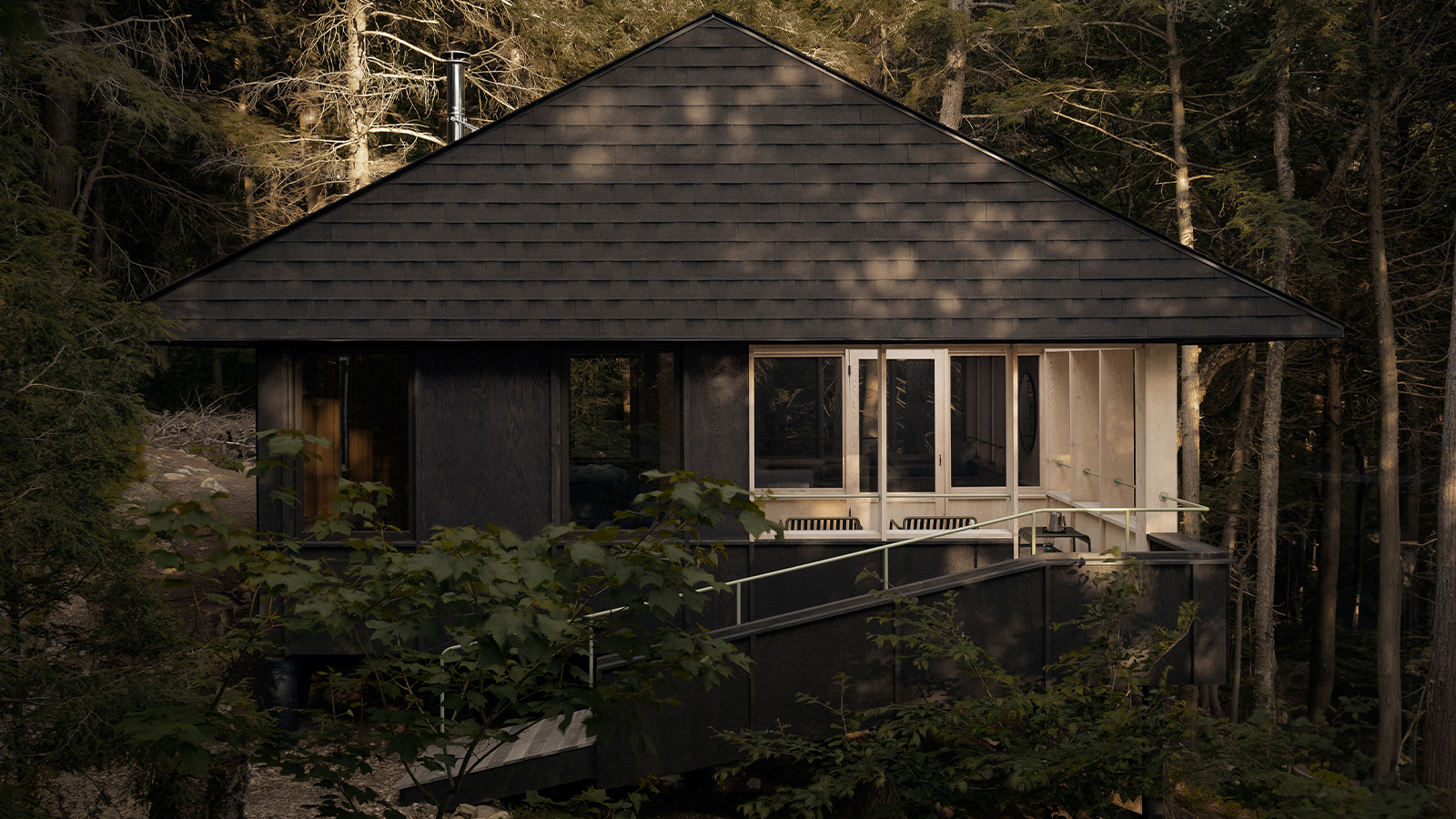 Smoke Lake Cabin is an off-grid hideaway only accessible by boat
Smoke Lake Cabin is an off-grid hideaway only accessible by boatThis Canadian cabin is a modular and de-mountable residence, designed by Anya Moryoussef Architect (AMA) and nestled within Algonquin Provincial Park in Ontario
By Tianna Williams
-
 Ten contemporary homes that are pushing the boundaries of architecture
Ten contemporary homes that are pushing the boundaries of architectureA new book detailing 59 visually intriguing and technologically impressive contemporary houses shines a light on how architecture is evolving
By Anna Solomon
-
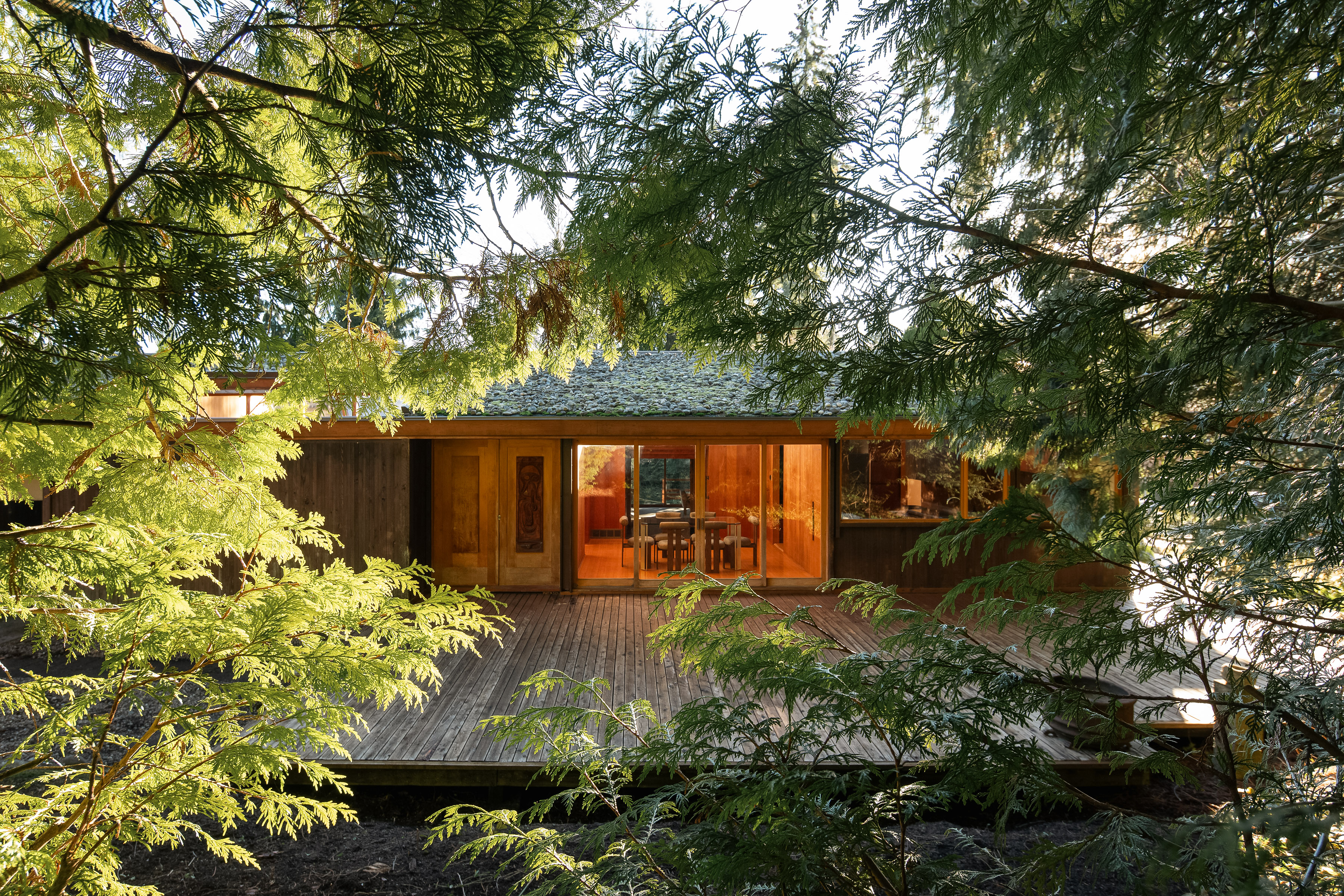 Explore the Perry Estate, a lesser-known Arthur Erickson project in Canada
Explore the Perry Estate, a lesser-known Arthur Erickson project in CanadaThe Perry estate – a residence and studio built for sculptor Frank Perry and often visited by his friend Bill Reid – is now on the market in North Vancouver
By Hadani Ditmars
-
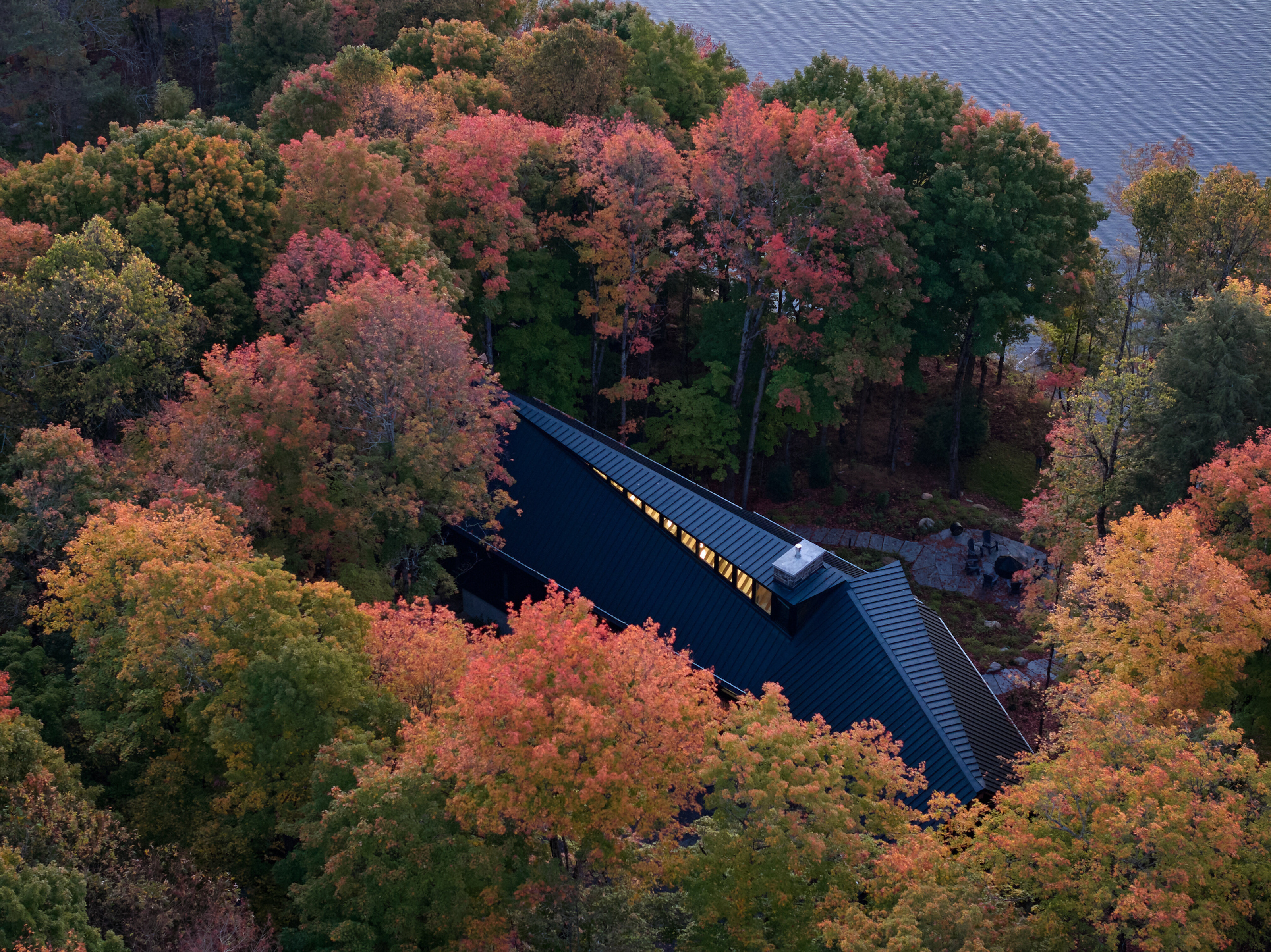 A new lakeshore cottage in Ontario is a spectacular retreat set beneath angled zinc roofs
A new lakeshore cottage in Ontario is a spectacular retreat set beneath angled zinc roofsFamily Cottage by Vokac Taylor mixes spatial gymnastics with respect for its rocky, forested waterside site
By Jonathan Bell
-
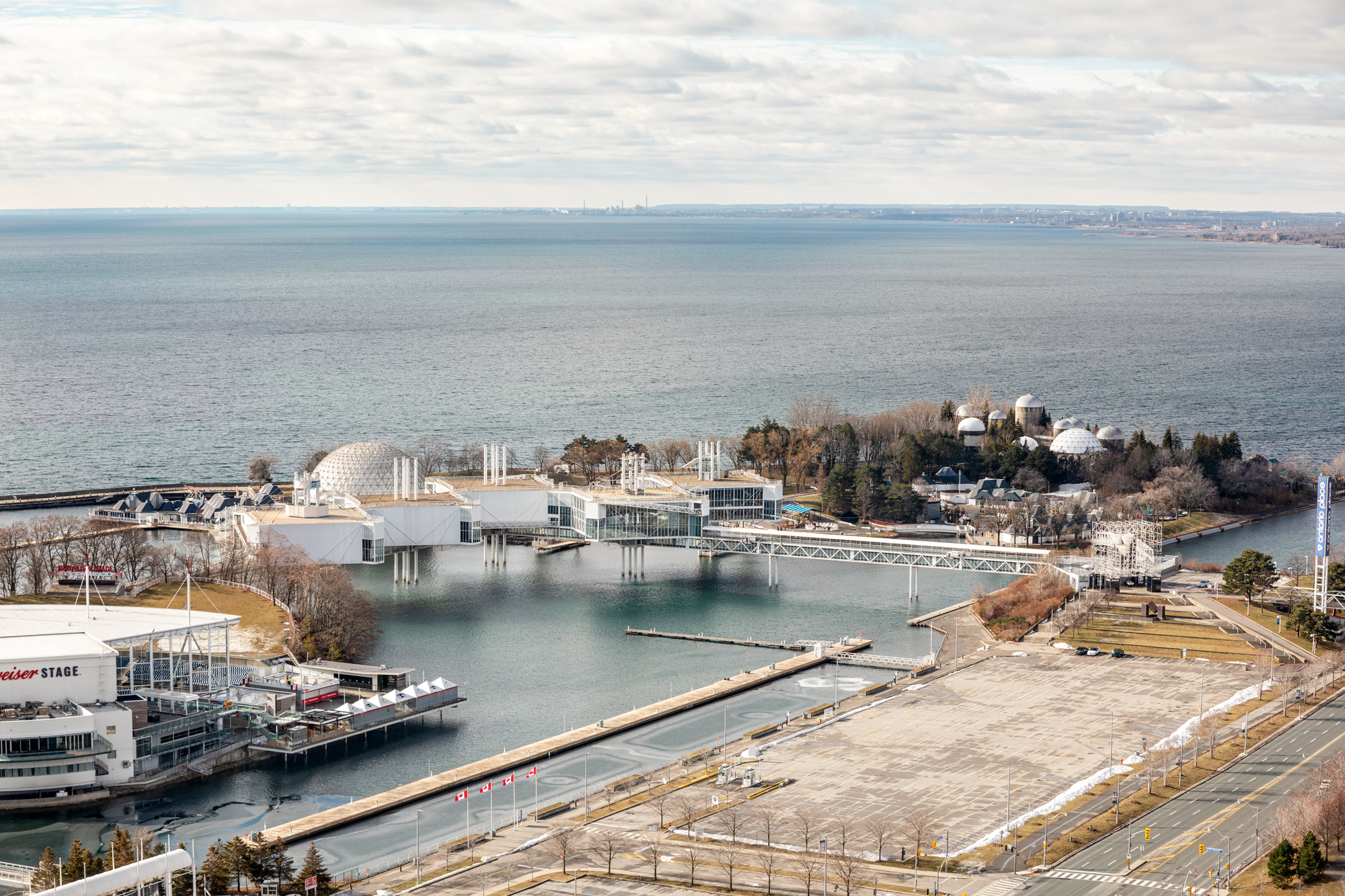 We zoom in on Ontario Place, Toronto’s lake-defying 1971 modernist showpiece
We zoom in on Ontario Place, Toronto’s lake-defying 1971 modernist showpieceWe look back at Ontario Place, Toronto’s striking 1971 showpiece and modernist marvel with an uncertain future
By Dave LeBlanc
-
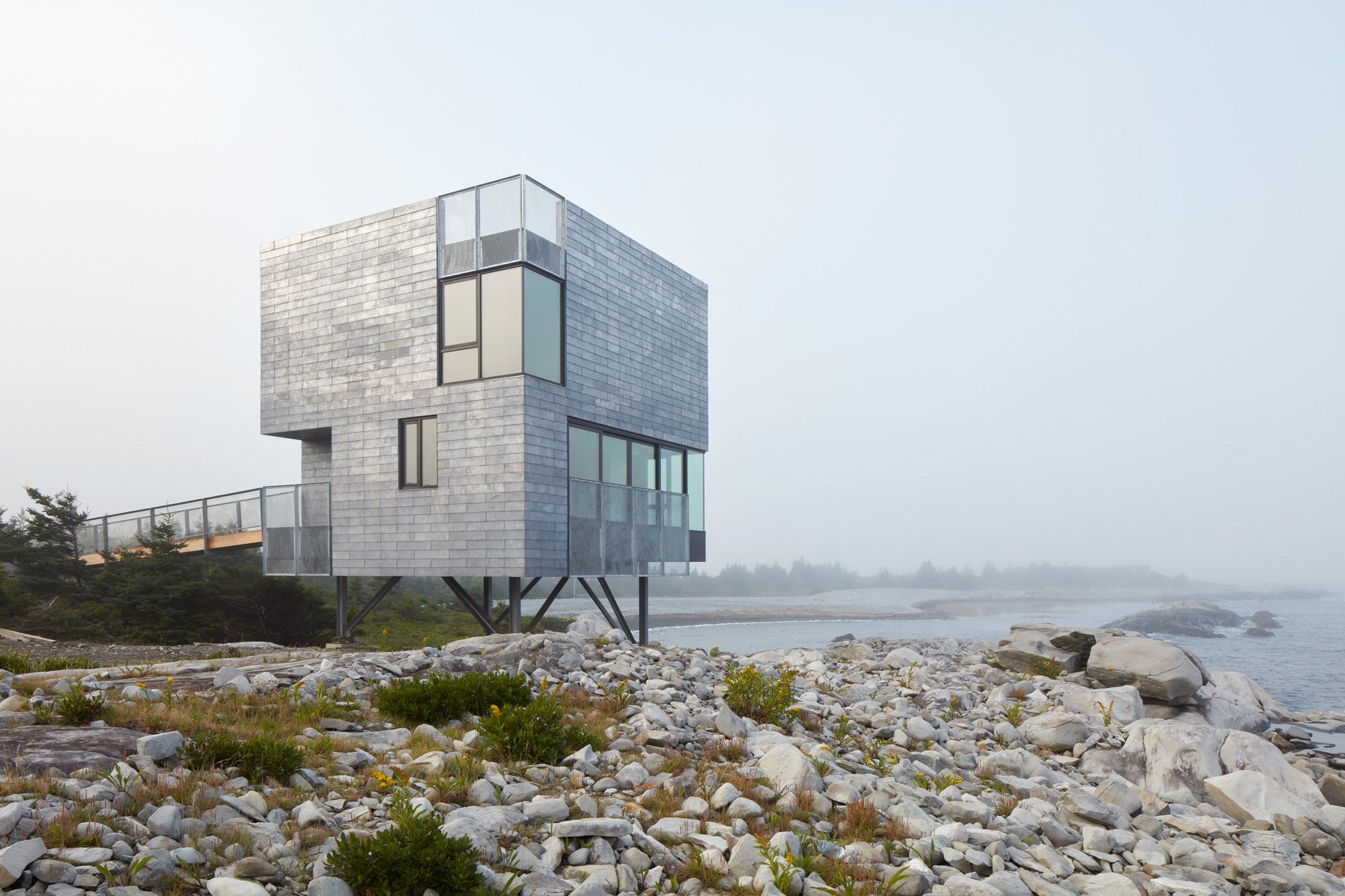 This Canadian guest house is ‘silent but with more to say’
This Canadian guest house is ‘silent but with more to say’El Aleph is a new Canadian guest house by MacKay-Lyons Sweatapple, designed for seclusion and connection with nature, and a Wallpaper* Design Awards 2025 winner
By Ellie Stathaki
-
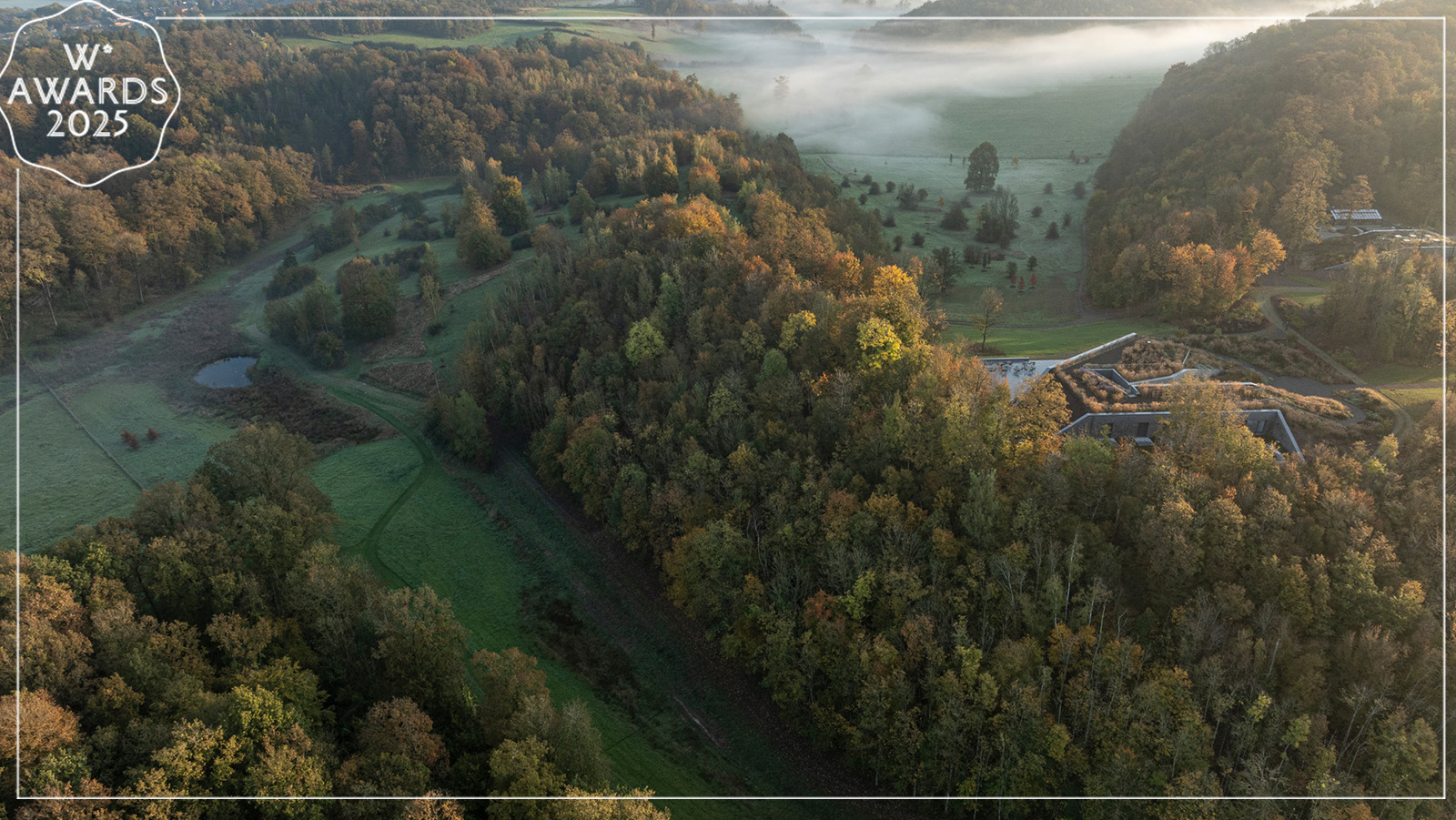 Wallpaper* Design Awards 2025: celebrating architectural projects that restore, rebalance and renew
Wallpaper* Design Awards 2025: celebrating architectural projects that restore, rebalance and renewAs we welcome 2025, the Wallpaper* Architecture Awards look back, and to the future, on how our attitudes change; and celebrate how nature, wellbeing and sustainability take centre stage
By Ellie Stathaki
-
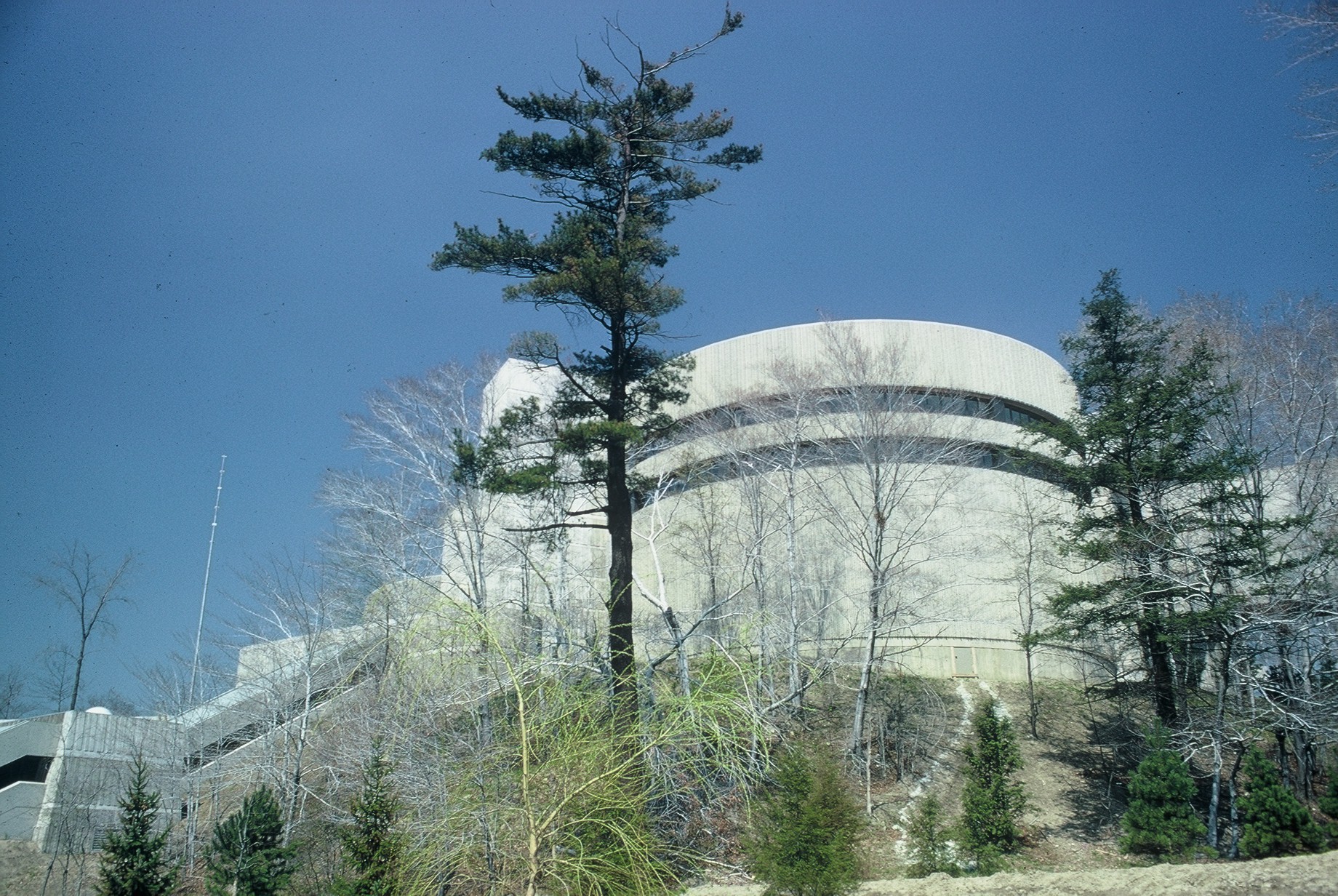 The case of the Ontario Science Centre: a 20th-century architecture classic facing an uncertain future
The case of the Ontario Science Centre: a 20th-century architecture classic facing an uncertain futureThe Ontario Science Centre by Raymond Moriyama is in danger; we look at the legacy and predicament of this 20th-century Toronto gem
By Dave LeBlanc